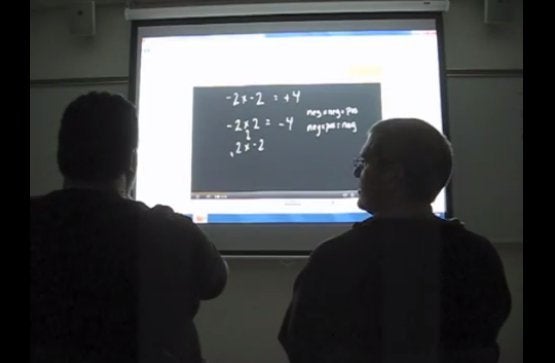
There has been substantial discussion in the past few years about how technology is beginning to move beyond older concepts of distance learning and technology-assisted education to new arrangements like Coursera and the MOOC innovations and experimentations at institutions like Harvard and MIT. These approaches bear watching. Collectively, they signal that the delivery methods, learning approaches and increasingly global scale of products produced from new thinking are likely to reshape 21st century education in ways not yet imagined.
With the concentration lately on educational delivery, we seem to be missing important innovations that are reshaping how American higher education conducts its business. One of the worst kept secrets in higher education is that most colleges and universities behave as "mom and pop" shops, steeped in traditional thinking with business practices that reflect protocol more appropriate to the admission and financing of the Baby Boomer generation than that of their children and grandchildren. Depending upon the institution, technology has brought us tools to conduct financial aid modeling and on line registration, use products like Blackboard, and take some first steps towards the integration of social media like Facebook and Twitter. What we have not done well yet is to use technology aggressively to drive business best practices toward the system change essential to match the tools with the pedagogical experimentation. In other words, how can technology help us integrate the business and practice of higher education to make the numbers work?
The answer is complex, multi layered and evolving much like the technology that enables educational change. But the best place to begin is to focus on the economic factors that drive the higher education economy, starting with tuition from the prospective applicant.
The process of admissions is a strange and misunderstood mix of alchemy and modern science mixed with a little art. Depending upon the institution we rely on some combination of snob appeal, traditional feeder schools, targeted zip codes, financial aid predictive models, attractive, articulate tour guides, curb appeal, increasingly unused promotional literature, open houses, and a lot of luck to build an admissions class. In the end, it works more or less. Further, the use or combination of tools can support basic efficiencies in seasoned admissions operations. But only recently have colleges and universities begun to scrap older approaches and keep the money once thrown into a net cast wide for prospective applicants. A few have begun to think more concretely and coherently about where students who might want to attend colleges actively live. The answer increasingly is that these prospective applicants live in and through social media.
I have had the opportunity to see some of the best thinking at work recently through conversations with company leaders at firms we might also develop business relationships. At the suggestion of senior officials from the Bill and Melinda Gates Foundation, for example, I visited with the high tech/high touch start up, Inigral, in San Francisco. The company offers a "Schools App" program to build a bridge between what students want out of a social network and what institutions need to meet their enrollment and retention goals. In short, they believe that social networks + student engagement = student success. Inigral uses social media to improve enrollment and retention with a private social network, now already in place at more than 85 colleges and universities.
The second example is National Media, an Alexandria, VA-based firm noted principally for work that links media and politics to deliver a targeted message. Quietly however, National Media technology whiz kids have begun to imagine how we at the Edvance Foundation can use what social media can teach us about reaching millions of community college students who might be interested in graduating from the two-year institution and moving toward a four-year degree. This is critical because early identification, together with on going, informed mentorship and rigorous assessment from "cradle through career," dramatically enhances graduation rates for students in the pipeline. Neither firm proposes spending a dime on four-color brochures.
These examples bring me to the point of my story. It's not enough to drive system change through pedagogy and educational practices. System change is systemic. It starts with how we conduct our business, how nimble, creative and adaptive we choose to be, and how quickly we are able to modify what we do to take advantage of how to do what we do better. If the educational ship of state creaks along dragged down by the weight of outmoded business practices, then the result will be a weakened, badly positioned American higher education system. That outcome will diminish our productivity as citizens, workers and liberally educated thinkers. It will be bad economics, worse politics and a missed opportunity.
